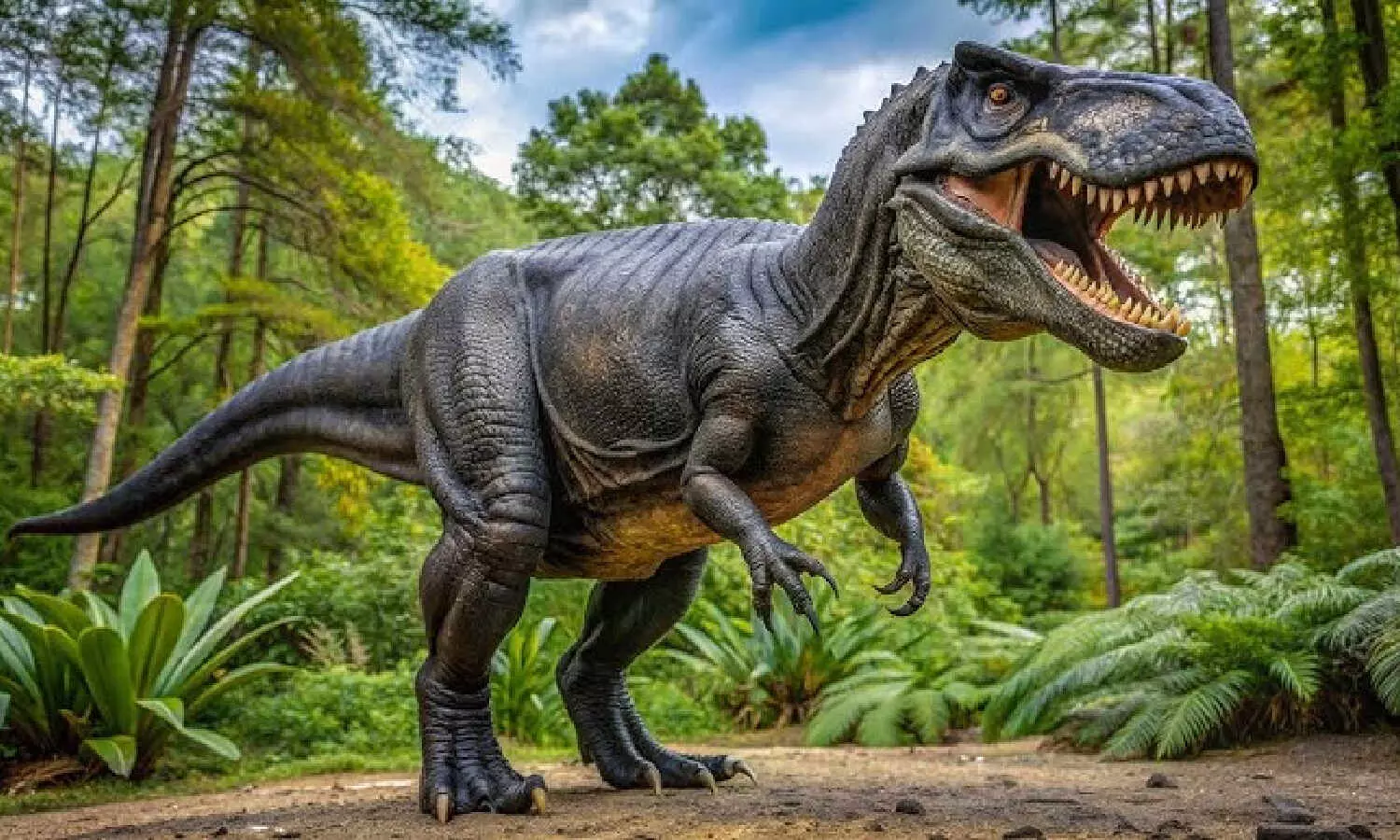New Delhi: Scientists have confirmed that fossils of a carnivorous dinosaur discovered in Telangana’s Jayashankar Bhupalpally district in 1980 are approximately 229–233 million years old.
The discovery extends the region's prehistoric significance far beyond previously known Ice Age and Stone Age relics, into the early Triassic period, long before the Jurassic period.
The fossil was originally discovered in the 1980s near the village of Annaram, located in the Pranhita-Godavari valley. After decades of continued research, scientists have now confirmed that the remains belong to the Herrerasauridae family, one of the earliest known groups of predatory dinosaurs.
In a first-of-its-kind discovery outside South America, this species has been officially named Maleri Raptor Kutty, in recognition of the Maleri Hills where the fossils were found and the scientist Taravat Kutty, who played a key role in the identification.
Experts believe that this discovery could shed new light on dinosaur evolution during the hot, dynamic climate of the Triassic period. It also enhances Telangana's status as a significant site for prehistoric research, potentially accelerating studies into early dinosaur species and ancient climate adaptation.
This remarkable find not only enriches India’s paleontological record but also opens new avenues for scientific exploration in the region.
